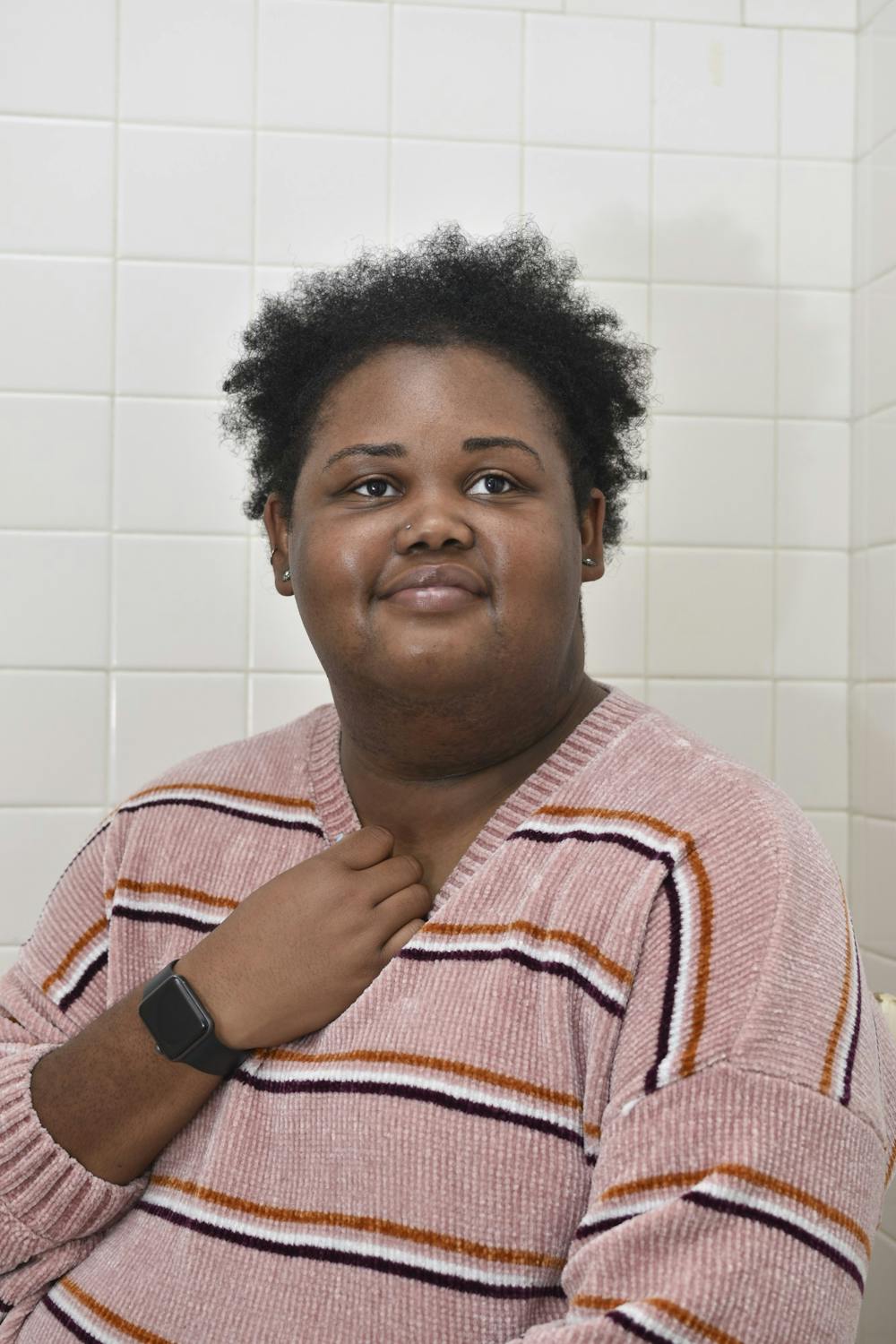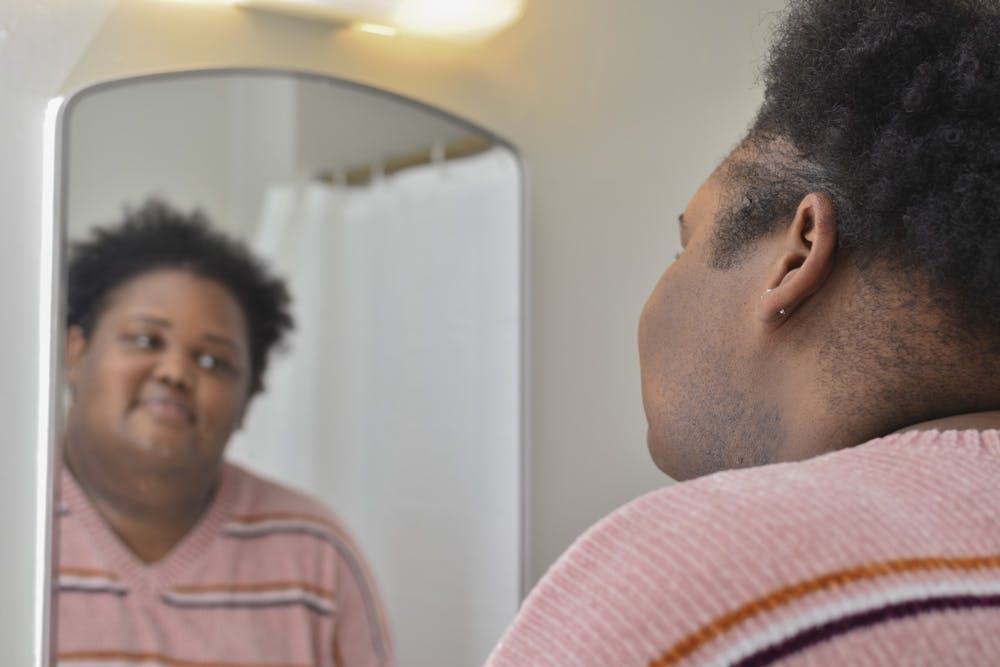From a young age, women all over the world are expected to shave, pluck and wax their body hair. This ideal is so ingrained into society that many don’t see the unfair double standard and sexist implications. While the movement to reject this standard began with second-wave feminism, women are still burdened today with one question: to shave or not to shave?
Dr. Kathryn Luchok is a faculty member of the Women and Gender Studies Program and affiliated with the Anthropology Department at the University of South Carolina. Her research areas are reproductive health, health and gender and diversity, equity and inclusion. She believes the topic of body hair on women is very under-discussed. “Much of it is taken for granted, and sometimes people do not even realize why they automatically do some practices,” Luchok said.
She explains that body hair removal has not always been the norm for women. The first safety razor was produced in 1901 and was intended for men. During World War I, women couldn’t wear stockings every day due to a shortage of nylon and thus showed their bare legs. Many started shaving and, in 1915, the first women’s razor was released, dubbed the Milady Décolleté and encased in rose velvet packaging.
To continue to sell these razors when the war ended, advertisements heavily encouraged women to shave their legs and underarms “because to not do this was to be unkempt and dirty. To be feminine and pure was to be hairless,” Luchok said. She explains that humans are one of the least dimorphic species, meaning we don't have as many physical differences between females and males as in other species, so we have created the standard that to be hairy is to be manly to emphasize those differences. Hair is even associated with enhanced power, as in the story of Sampson and Delilah in the Christian Bible. When Delilah cuts his hair, he loses his power. So, women removing hair also can be seen as removing a challenge to masculine power. The stories of two women at UofSC demonstrate how these harmful stereotypes created in the early 20th century persist today.
Shardae Lamar, a senior political science major, has struggled with feeling unfeminine due to her body hair. She said her experience with her body hair “has been kind of the average girl’s experience, but times two because I have polycystic ovarian syndrome (PCOS).” Lamar found out she had PCOS in middle school. It causes women to have a deeper voice, grow hair in places "that aren’t feminine,” like the back, chest or more on the legs and face, and essentially have more testosterone than the average woman. When Lamar was in middle school, she didn’t feel feminine because of the symptoms. She felt that there was pressure from society that a woman with body hair was not feminine.

Sophomore sociology major Eliza Mitchum said her body hair at times has made her feel dirty and unkempt. Mitchum has felt ashamed of her leg hair. “I realized, after a couple weeks of not shaving, my legs would get hairy, and I felt gross. And I’m like, why do I feel gross and dirty with long leg hair, even though I’m bathing myself,” Mitchum said. She believes this feeling has a lot to do with societal pressure. “The societal norms are that women should be smooth, and that makes them pretty and delicate and soft. And that’s just ridiculous.”
Luchok describes that advertisements from the beauty industry and other media have created a narrow beauty standard. Many women from around the world have darker body hair, yet this image of a white, hairless woman is portrayed. This standard originated in the United States and, for some time, other cultures tended to be more natural when it came to body hair.
The ideal of hairlessness in women has been developed by the patriarchy. In general, women’s bodies are scrutinized, policed and controlled. Luchok explained that women are expected to alter their bodies to stay “forever young to control women’s fertility.” Furthermore, with the relatively recent advent of pornography, this standard has expanded. This form of media shows women as hairless, even with no pubic hair. Because pubic hair comes in around puberty, this standard infantilizes adult women, making them look like little girls, not adult women with power. Mitchum believes the pressure for women to remove their body hair is one of “the most glaring double standards… not shaving is so unprofessional and unclean for us when men can just exist however they want.”
Despite the rampant misogyny, large majorities of women have bought into these societal norms. The pressure to shave is perpetuated by not only traditional media and advertising, but by social media, families and peers. Mitchum started shaving her legs when she was 13. She was embarrassed of the thickness and length of her body hair and all her friends had started shaving. Other kids would even point out her leg hair and make fun of her for it. So, Mitchum began shaving her armpits and legs and continued for years, and even spent two years shaving her arms as well. Lamar felt very unconfident due to her body hair in middle school as well. She underwent painful and expensive laser treatments to remove the hair, and the maintenance was very tedious.
Both women eventually decided that the pain, discomfort and frustration of shaving was no longer worth being accepted by society. Mitchum noticed that shaving irritated her skin and led to razor bumps, especially her armpits. She decided to make a change, “And I realized, this is not worth it. I am just going to be a human being and have hair,” Mitchum said. And she hasn’t shaved regularly for three years now.
When Lamar got to high school, she began to care less about the hair and noticed that her boyfriend at the time didn’t care either. She started to accept her body hair and stopped doing the laser treatments. “I was like, I’m not gonna put myself through all that again, and I just accepted it, really,” Lamar said.

However, they also both choose to shave sometimes and do what makes them most comfortable and happy. Mitchum never shaves her underarms, and only shaves her legs in the summer. For Lamar, her relationship with her body hair has undergone many changes. When she began at Livingstone College, before she transferred to UofSC, she participated in marching band and they had to wear basketball shorts. “Because I would rarely shave my legs, I didn’t like wearing shorts, but I was like ‘it’s hot,’” Lamar said. So she began to shave. Lamar discovered that she likes the way it looks and the smooth feeling. However, she doesn’t do it all the time, mostly just for special occasions or going to the beach. “Shaving every single day, the standard, would be tedious. So I just shave whenever I feel like it.”
Her current body hair routine includes shaving her legs, underarms and getting her eyebrows waxed. While she doesn’t enjoy the process of shaving or waxing, she likes the feeling afterwards. Lamar emphasized that she now shaves and does other forms of body hair removal for herself, and not anyone else.
In recent years, more girls are growing up seeing women in their own lives and celebrities embracing their body hair. Luchok refers to examples like Julia Roberts, Madonna and Miley Cyrus, who have been photographed with underarm hair. Also, she mentions that some fashion magazines have shown female models with leg hair: “As examples continue in the media, women rethink beauty rituals that tell us there is something inherently wrong with our bodies the way we are. Accepting each other as we choose to be is a step toward combating shaming and enforcing of body hair norms,” Luchok said.
Mitchum said the body positivity movement has taken off in recent years and given women of different body types, races, genders and sexualities representation, the kind of representation she didn’t have when growing up. However, Mitchum would like to see the movement become more representative of women with body hair.
To any woman feeling insecure about her body hair and shaving without truly wanting to, Luchok recommends looking at photos of women rejecting the status quo, experimenting with longer periods between shaves to see what actually happens and talking with her friends. “She may find out she is not the only one who hates to shave.” Luchok said, “people should be able to handle their body hair however they see fit, and it should not be a way to judge or stereotype individuals.”
Lamar believes that when it comes to beauty standards like hairlessness, everyone should be true to themselves. “If you feeling beautiful involves you putting yourself through pain that you don’t want just to live up to a beauty standard, then that’s not fair to yourself. So, just be you, be who you are, accept whatever dimple or freckle or hair, whatever you have, because we’re all different. So it doesn’t really matter” Lamar said.



